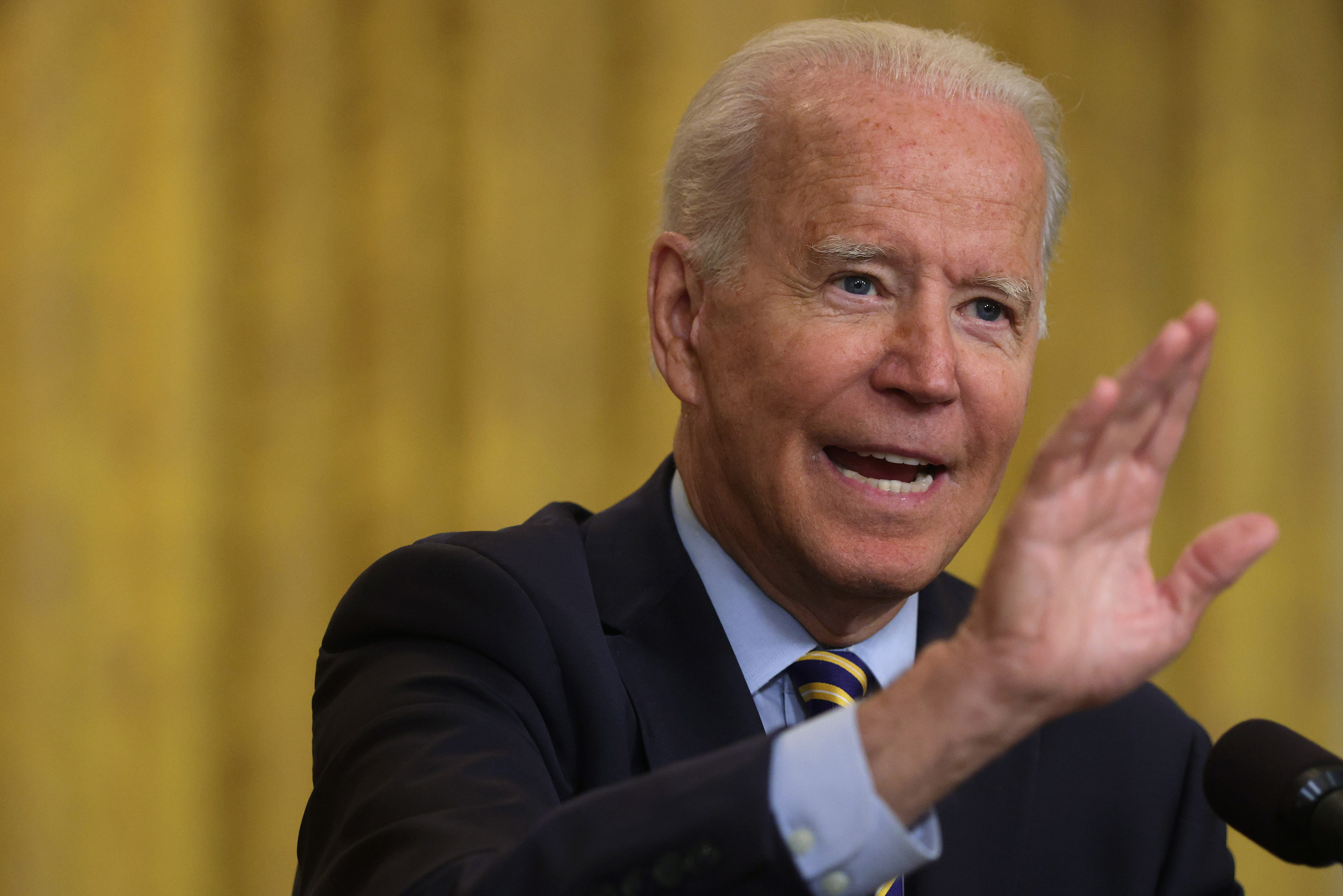President Biden convened a meeting of his senior national security team Wednesday night based on the rapid gains of the Taliban over the last several days, according to a senior US official.
The President was briefed on the battlefield situation and the plan that had been drafted to draw down Embassy personnel and send in US forces to facilitate that effort.
At 7:30 a.m. ET Thursday, the national security principals met to go over the latest plan and their response to Biden. They unanimously signed off on the plan that would be presented as final, the official said.
As CNN reported earlier, National Security Advisor Jake Sullivan and Secretary of Defense Lloyd Austin then briefed Biden on the full recommendation. Biden signed off and ordered Austin to carry it out.
Biden spoke to Secretary of State Antony Blinken about diplomatic engagement with allies and partners, which US officials have been conducting throughout the day, the source said.
That included the call between Blinken and Austin with Afghan President Ashraf Ghani, as well as US engagement with officials from partners on the ground, those with a diplomatic presence in the country and the NATO Secretary General Jens Stoltenberg.
There is a senior US team in Doha that will engage on the issue, including directly with the Taliban negotiators that are currently there.
The official said overall effort is already underway to reduce the number of personnel at the embassy, though the precise number of personnel slated to leave the embassy has not been finalized.
The official made clear that the Taliban gains are more rapid than the US assessed when they made the decision to draw down troops. But both the possibility of significant Taliban gains and concerns about the capability of the Afghan National Security Forces were always elements the administration knew they would have to contend with.
Some more context: The current deterioration has done nothing to shift Biden’s thinking on his decision and in many ways, it has bolstered it, with the performance of the Afghan security forces underscoring that no amount of additional time was going to dramatically change the dynamics on the ground. There also remains the view inside the White House that there wasn’t any option to simply leave 2,500 troops on the ground and expect a similar posture from the Taliban after May 1.
The administration assessed the Taliban’s military capability as its strongest since 2001, and after May 1, there was every reason to believe it would be directed at US troops had a drawdown timeline not been laid out. The only options, according to this official, was drawdown or add thousands more US troops.
US officials have communicated directly to the Taliban that if US personnel are put at risk, the US will defend them. No commitments or agreements were made about US forces on the ground with the Taliban prior to Biden’s decision.
As of now the plan is to keep the Embassy operating with its core diplomatic presence. But there is a recognition that it could change in the coming days, weeks or months.
Pentagon spokesperson John Kirby said the Defense Department is “aiming to facilitate the reduction of these civilian personnel by August 31,” to line up with the end of August US troop withdrawal deadline set by President Biden, but added he could not “speculate about what the footprint’s going to look like post August 31,” during a news conference at the Pentagon on Thursday.

